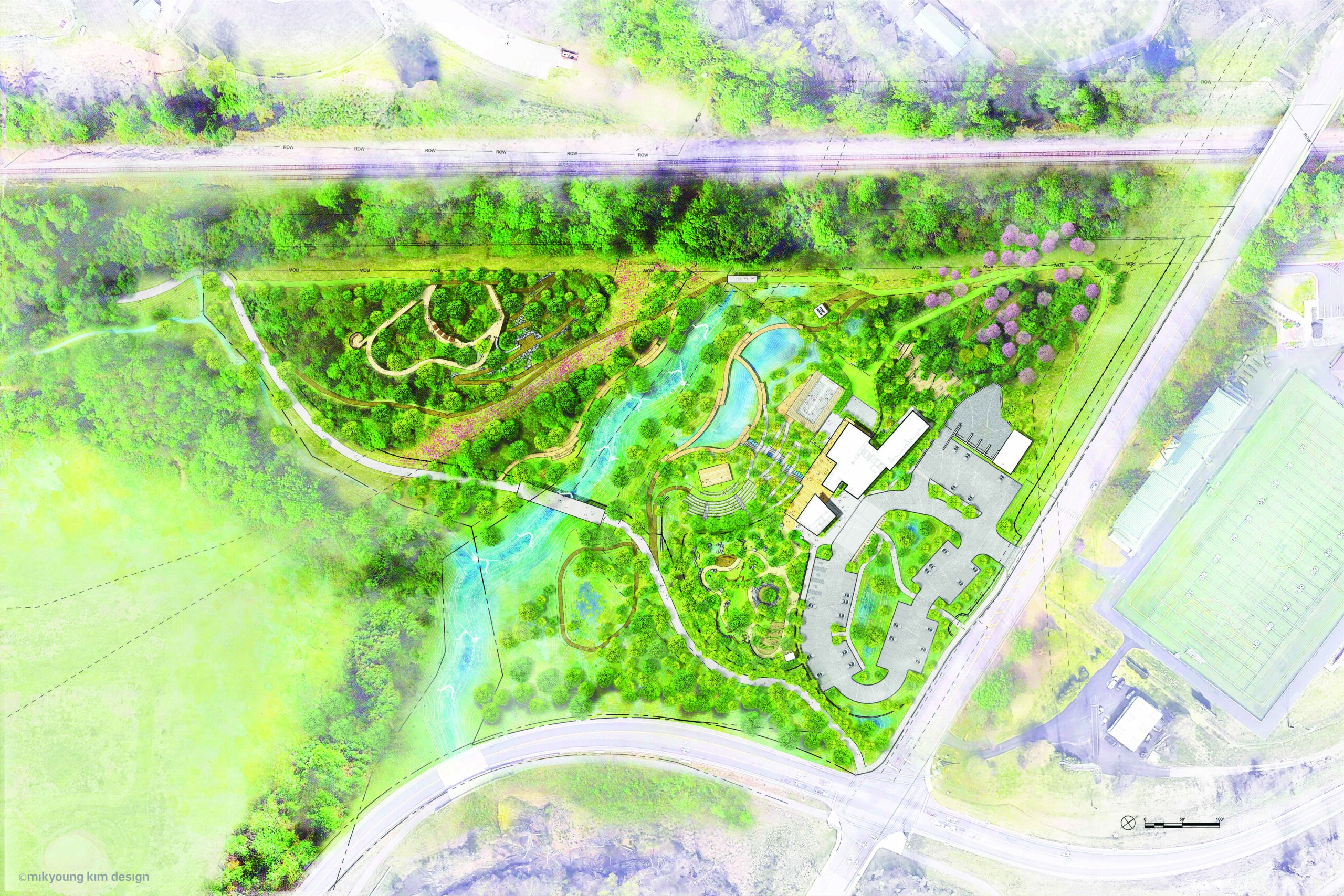The thrill of spotting spring’s first fleeting flowers.

virginia_final2
(Illustration by Andrea Cobb)
Long Bloomers are easy to love: that blowsy hydrangea, the patch of black-eyed Susans, the marathon of dahlias that stretch into fall. But the gift of early-blooming spring ephemerals is evanescence, not endurance.
“‘Ephemeral’ means ‘fleeting,’” says Elaine Mills, a master gardener with the Virginia Cooperative Extension’s Arlington/Alexandria unit. “These plants are only above ground for a limited time.”
In the wild, ephemerals are found on forest floors, where they emerge before the tree canopy leafs out. “The gentle, early spring sunshine brings them up,” Mills notes, and in that brief bath of sunlight they will flower, be pollinated, set their seeds, then vanish until the next spring’s sun coaxes them forth once more.
Perhaps the most familiar is the Virginia bluebell, (which isn’t always blue, says Mills), but there is also miner’s lettuce, Dutchman’s breeches, bloodroot, toadshade, shooting star, cutleaf toothwort, Jack-in-the-pulpit, trout lily, and one (Erigenia bulbosa) is actually known as “harbinger of spring.”
Spring ephemerals offer a window into the wondrous interdependencies of the natural world. Consider, for example, the spring beauty mining bee. Its specialty is the pollen of the ephemeral “spring beauty” (Claytonia virginica). The blooms of Dutchman’s breeches (Dicentra cucullaria), which resemble upside-down pantaloons, draw bumblebees equipped with a long proboscis to reach the nectar deep within—while the pollen hitches a ride on the bees’ furry exteriors.
For the more macabre-minded, red trillium or “stinking Benjamin” is pollinated by flies, which are attracted to the whiff of rotting flesh it gives off. Jack-in-the-pulpit attracts a species of gnat, luring them with a woodland fungi scent. Once the gnats bring pollen from a male to a female plant, they find themselves trapped and become entombed within the female’s flower.
Not to be left out, ants play their role as well. According to Mills, a number of native ephemerals count on ants to spread their seeds, in a relationship known as “myrmecochory,” which means literally “the dispersal of seeds by ants.”
These plants drop seeds to which are attached an enticing package rich in lipids and proteins known as an “elaiosome.” Ants gather up the seeds and take them back to their nests to consume this nutritious treat, leaving the rest of the seed unharmed. “The seeds can be dispersed so much more widely,” says Mills, “than if they fell just around the plant.” Even mice and chipmunks get in on the act, spreading the tubers of the ephemeral squirrel corn.
The reward for us, of course, is sprays of spring beauty, carpets of mayapple, clusters of trillium, and colonies of trout lily.
So where can you see ephemerals this spring? There is always a walk in the woods to see what you might discover. But first, to know what you are looking for, watch the Virginia Native Plant Society (VNPS.org) video “Spring Wildflowers of the Mid-Atlantic,” or watch Mills’ video on native spring ephemerals on the Master Gardeners of Northern Virginia website at MGNV.org. Their site also lists demonstration gardens in the area. You can also visit the state arboretum in Boyce, the arboretum at James Madison University, or botanical gardens in Richmond and Norfolk.
And of course, you can plant ephemerals in your own garden. Source them from reputable native-plants nurseries (the master gardeners at your local Virginia extension office can provide recommendations), Mills says. Select a site where the plants will receive late winter and early spring sun but be shaded later in the season. Start with odd numbers, Mills says, and “toss them gently and plant them roughly where they land, so you end up with an asymmetrical disbursement of the plants.”
Come spring, will they dazzle you with their glory for week upon week? They most certainly will not. But after the long, drab months of winter, how welcome they will be.
This article originally appeared in the February 2022 issue.









